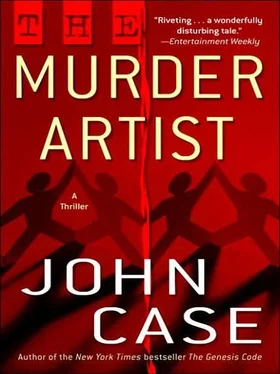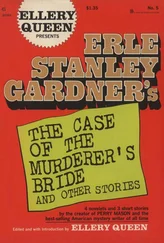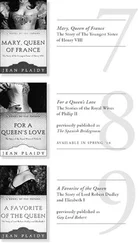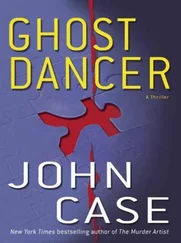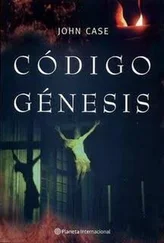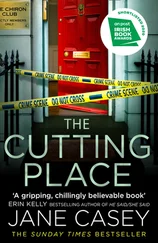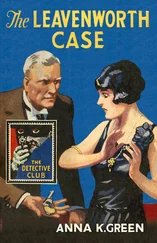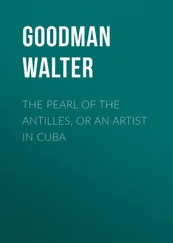A minute later, he joins me. He’s young, with long dark hair, wire-rimmed glasses, a gold hoop in one earlobe. “Help you with something?”
“I’m looking for a book about the rope trick.”
“Are you a collector?”
“No, I just need something that describes it, talks a little about its history.”
“Okay, I think I can find something.” I follow him down a narrow aisle and watch him ascend a library ladder. He comes down with a battered paperback encased in a plastic sleeve. “This is a compilation of famous effects in the history of magic. The book itself is not in great shape, but it has a nice little chapter on the rope trick.” He cocks his head, smiles. “Anything else?”
“One more thing. I’m looking for a guy. Used to live in L.A. Worked at the Magic Castle?”
“Okay.”
“His stage name was Carrefour. Maître Carrefour.”
“No.” He shakes his head. “I don’t think so.”
“Or a guy named Mertz? European guy, maybe French. Collects books about the rope trick.”
“Sorry.” (Is it my imagination, or does he answer too quickly?) “But I’m just the hired help. It’s my uncle’s shop.”
I know I’m being way too blunt. Normally I don’t go head on like this. Normally I’d schmooze this guy, get him to like me, seduce him a little. That’s how you get people to tell you things they shouldn’t. I tell myself this, I give myself a little pep talk – but I can’t summon the will to charm this guy. Maybe I’m all played out on the charm front.
“Could I get your uncle’s telephone number? It’s important… Since this guy Mertz was a collector, and he lived here in L.A., this is exactly the kind of place he-”
“No,” the kid says. He looks down at his hands, and once again I detect a slight hesitation before he answers me. “I’m sorry, but Uncle Frank’s in Croatia.” A pause. “Traveling. He doesn’t have a phone.”
“Hunh,” I say. “When will he be back?”
“Couple of weeks.”
“I guess just the book then,” I tell him, sure from his body language that the kid is lying. He’s heard of Mertz. I’ve done so many interviews I know the signs.
I follow him to the cash register, and he rings up the book ($9.25), then slides it into a paper bag. “Receipt in the bag?” he asks.
“That’s fine. Let me ask you – you know of any other bookstores or magic stores I might try? I really need to find this guy Carrefour.”
This seems to relax him, the chance to pass the baton. “Sure – there’s Magic Magic, over on Sunset. You might try there.”
But Magic Magic turns out to be closed. The sign posts the weekday hours as ten until two. I’ll have to return tomorrow.
I sit on the bed in my hotel room and read about the rope trick. The chapter is long and begins by describing how very old the trick is. The trick is mentioned in an offhanded way in the Upanishads . A bit later, chronologically, sacred Buddhist texts mention the rope trick as one of the entertainments performed in a (failed) attempt to raise a smile from the young prince who later became the Buddha – a boy who had never smiled in his entire life. The trick became so famous during the time of the British Raj that the wonder of it, and other such tricks, was considered a recruiting tool for enlistment in the British army. Indian officers were offered a year’s pay as reward for finding a practitioner of the trick. In 1875, a magician’s society in London offered a huge award to anyone who could perform the trick before an audience.
There’s a long sequence about the trick’s parallels with Hindu cosmogony, and also to the English folktale Jack and the Beanstalk and other stairway-to-heaven myths. There’s even a Freudian take on the trick, focusing on the rope’s unexpected rigidity.
And finally, I come to an excerpt from the 1898 edition of The Lahore Civil and Military Gazette :
The conjuror took a large ball of rope, and after having attached one of the ends of the rope to his sack, which was lying on the ground, hurled the ball into the air with all his might. (In many versions, the ball repeatedly thumps back down to the ground before the conjuror succeeds.) Instead of falling back to the ground, the ball continued slowly to ascend, unrolling all the while until it disappeared high into the clouds. There was no house (or other structure)… where it might have fallen… A large portion of its length remained rigid.
The magician [then] ordered his son, who was his assistant, to climb the rope. Seizing the rope in his hands, the little boy climbed… with the agility of a monkey. He grew smaller and smaller until he disappeared into the clouds as the ball had done. The conjuror then ceased to occupy himself with the rope and did several minor tricks. After a little while he told the audience that he required the services of his son and called up to him to climb down. The voice of the little boy replied from above that he did not want to come down. After having tried persuasion, the magician became angry and ordered his son to descend under penalty of death. Having again received a negative answer, the man, furious, took a large knife in his teeth and climbed up the rope and disappeared… in the clouds.
Suddenly a cry rang out and to the horror of the spectators, drops of blood began to fall from the place where the magician had disappeared into the sky. Then the little boy fell to earth, cut into pieces: first his legs, then his body, then his head. As soon as the boy’s head touched the ground, the magician slid down the rope with his knife stuck in his belt. (In many accounts the magician is, at this point, inconsolably sad. “Oh what have I done,” etc.)
Without undue haste [the magician then] picked up the parts of the child’s body and put them under a piece of cloth [atop a basket]… He gathered together his magician’s paraphernalia (often performing a ritual or muttering magic incantations), drew aside the cloth [from the basket] and ( mirabile dictu !) the little boy [emerged]… perfectly intact.
A subsequent essay explains how the trick was thought to have been accomplished. It was always performed in rugged terrain, with a braided catgut cord or cable strung between two promontories. Platforms were thought to be erected on either side from which unseen assistants could pull on the cross support and thus hold the rope rigid. An acrobat or rope walker would wait above, in the mist and out of sight. When the rope was thrown, its weighted end would loop it around the cable. The assistant would walk out, and secure it. Then with the help of an assistant on the opposing platform, the rope would be pulled tight. The trick was always performed at dusk or dawn and in a location where fog was common, so as to obscure the area where the rope, and then the child, and later the magician, disappeared. If the nature didn’t cooperate by producing fog or mist, smudge pots or braziers were employed.
As to the rest of it, opinions varied. Some thought the audience was subjected to mass hypnosis or that hashish and opium were aerosolized in the fires common at such performances – the hallucinatory air pushed out toward the audience by the vigorous salaaming of the magician. Some thought the performance venues were meticulously chosen so that at a particular point in the performance, the sunlight would blind the audience. Some thought the bloody parts of the child were actually pieces of a dismembered monkey, shaved of fur, the face smeared with blood and obscured by a turban. Some thought the pieces thrown down were parts of a wax effigy, ingeniously identical to the child assistant. In these cases, the child was thought to descend the rope hidden in the magician’s loose robes.
One historian held forth on the origins of magic, in “the tabernacles of ancient religions.” These were faiths in which sacrifice, even human sacrifice, were commonplace, part of the liturgy. “And what is sacrifice but a ritual in which the forces of destruction, those that cause death, are transformed into the forces of life and creation?”
Читать дальше
